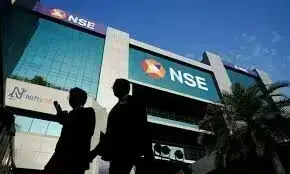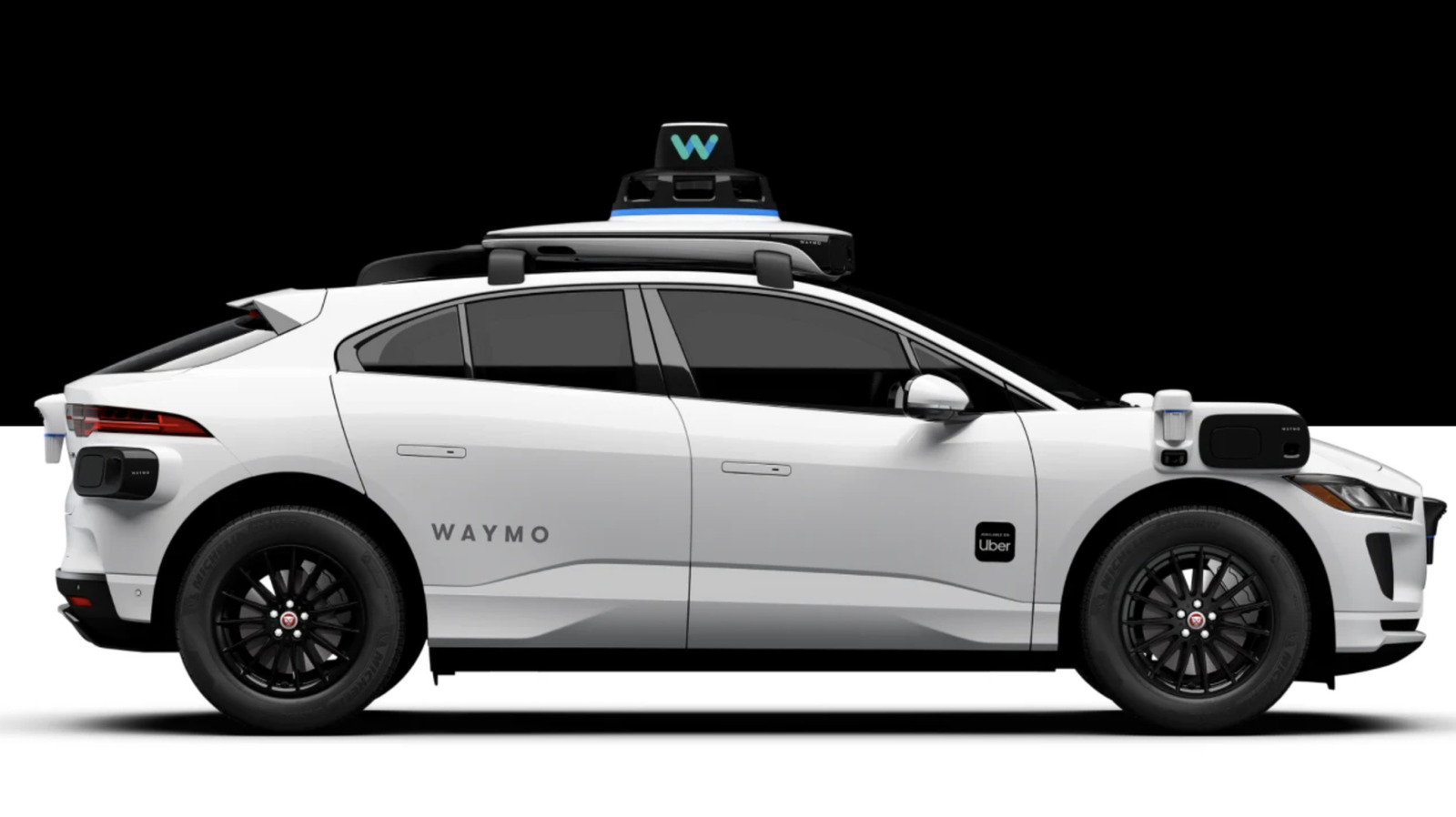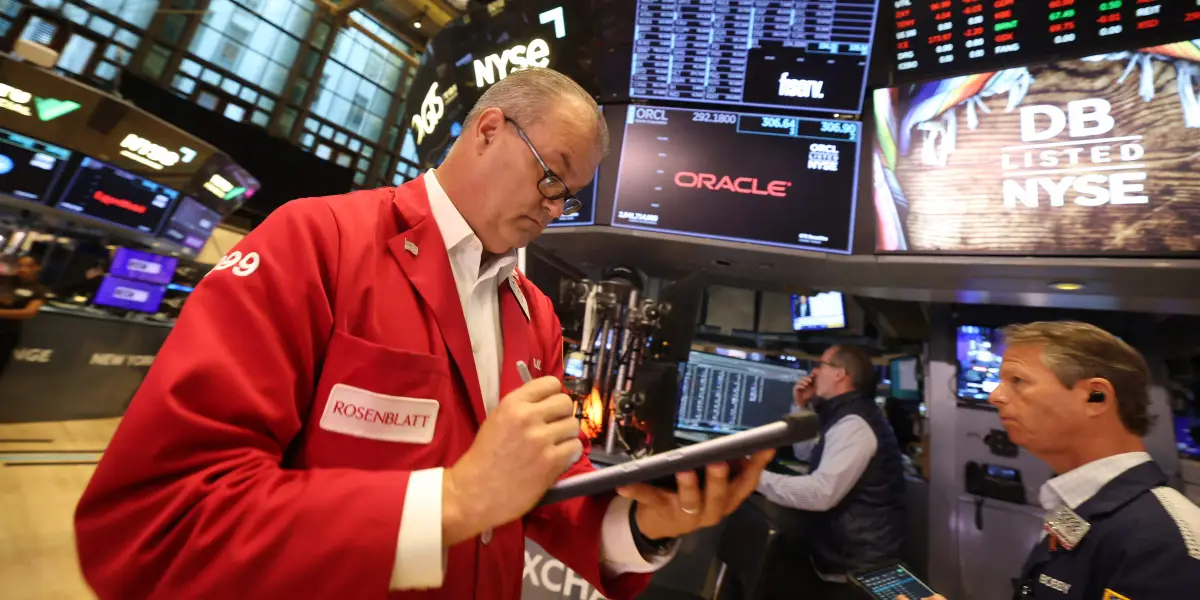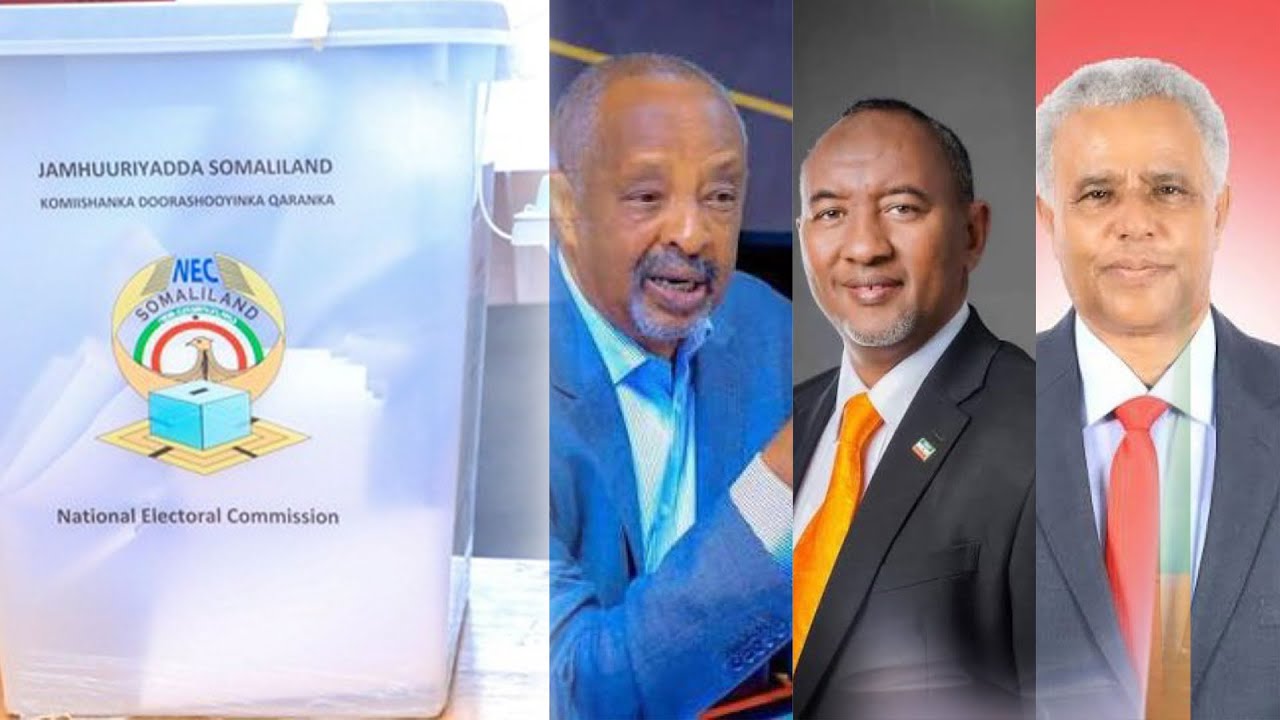By Luna Sun
Copyright scmp
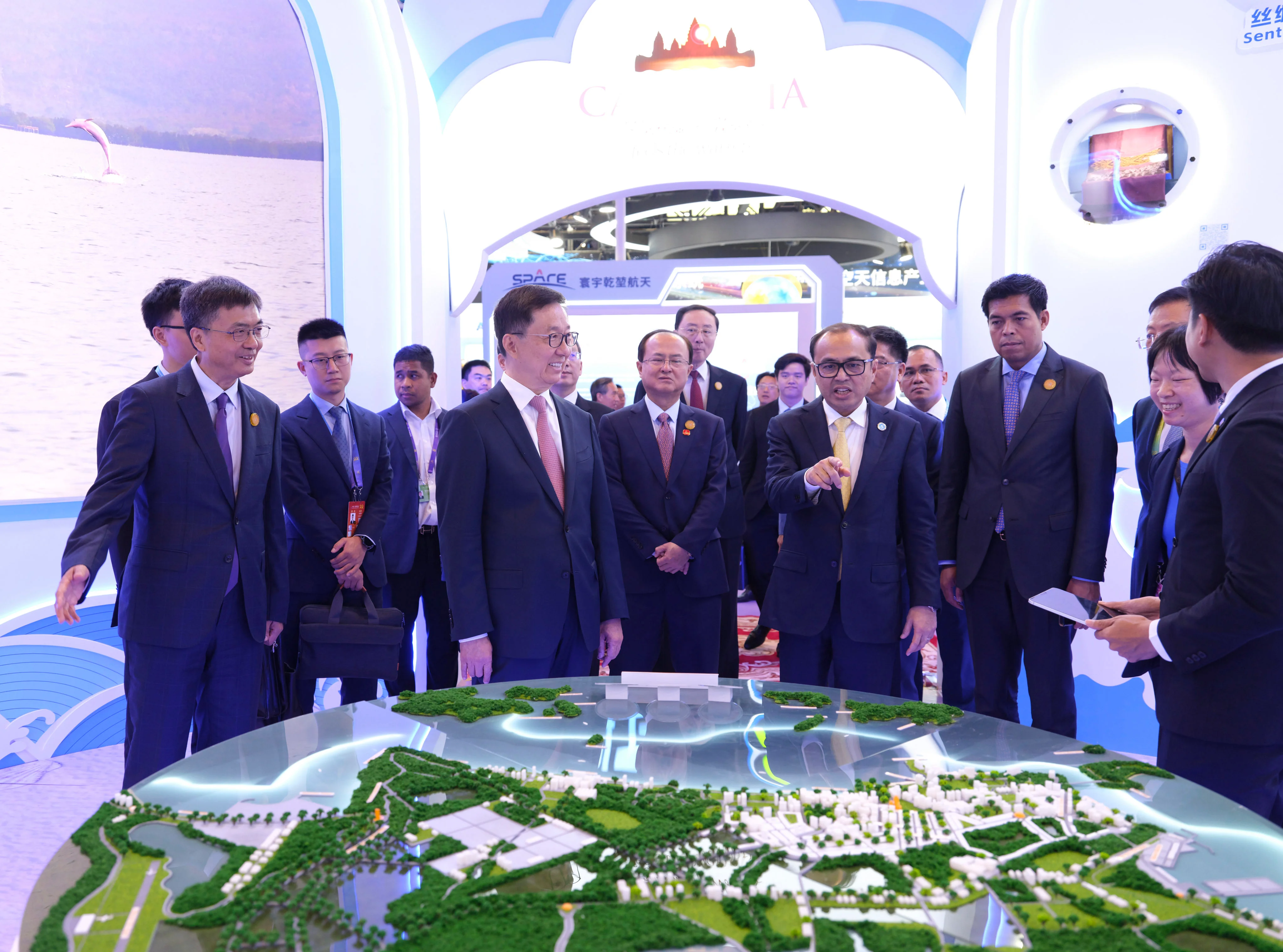
A trade fair in the southern Chinese city of Nanning has become a testing ground for exporters shifting their focus to Southeast Asia.
Attracted by the region’s fast-growing economies and young consumers – and facing slowing demand in the West – many Chinese companies see the annual event as a potential gateway to court buyers and expand their overseas footprints.
Li Wenqi, a manager at an electric scooter and battery manufacturer in Jiangxi province, is among the exporters seeking new opportunities this year. His company has long relied on the European and American markets, but he said they were reaching their limits.
“The West is close to saturation, the Middle East is plagued by wars, and the world is only so big,” he said. “Southeast Asia, with its large population, offers huge potential.”
The China-Asean Expo in Nanning, capital of the Guangxi Zhuang autonomous region, is a major platform for the promotion of trade and investment with Southeast Asia, underscoring the 10-nation bloc’s role as China’s largest trading partner and a growing alternative to Western markets. This year’s event opened on Wednesday and will end on Sunday.
The Association of Southeast Asian Nations has become even more vital to China’s trade strategy amid the US tariff war. Soaring Chinese exports to the bloc – up 22.5 per cent year on year in August – have helped to offset a slump in shipments to the United States.
David Jenkins, vice-president of Loong EA, a company in Jiangsu province that specialises in energy-saving equipment and monitoring systems, said its local government – seeing its products as a good fit – had invited it to exhibit and had provided space at the fair.
While the company was still focused mainly on the domestic market, Jenkins said it hoped Southeast Asia would become one of its first overseas markets, and it attracted the interest of businesses from Malaysia, Indonesia, Thailand and Brunei at the fair.
The Chinese government has been pushing for closer economic ties with Asean, promoting business deals and advancing negotiations on the third phase of the China-Asean free trade area.
The geographic proximity makes logistics much easier
Chen Jiye, Suzhou Katili Electronic Technology
Chen Jiye, general manager of Suzhou Katili Electronic Technology, a maker of electric bikes and smart suitcases, said the Chinese government encouraged exports to countries that have signed up to its Belt and Road Initiative trade development plan through favourable policies, including subsidies and streamlined customs clearance.
His company was currently focused on South American and European markets, with about 25 per cent of sales to Southeast Asia, but he expected the region’s share would jump to 50 per cent in the future.
“First, the geographic proximity makes logistics much easier,” Chen said. “Second, in terms of shipping costs and other aspects, there are significant advantages.”
He also singled out government policies supporting exports to Southeast Asia and said the Asean market was increasingly attractive, with rising consumer demand and a huge population – Indonesia alone has 280 million people – that could be tapped into.
Vice-President Han Zheng urged China and Southeast Asia to deepen their strategic alignment during his opening remarks at the expo, saying Beijing aimed to “strengthen the alignment of development strategies and tighten the bonds of shared community.”
Next year will mark the fifth anniversary of China and Asean upgrading their ties to a comprehensive strategic partnership, signalling deeper cooperation in trade, security and regional governance.
Vezsin, one of China’s largest home kitchen appliance makers, is also looking to tap the Southeast Asian market as it seeks to diversify, with US orders – which accounted for around 60 per cent of their overseas sales – being affected by the ongoing tariff war.
“With geopolitical uncertainties in North America, we don’t want to rely solely on that market, and we want to diversify and seek some safer destinations,” said the company’s overseas sales manager, Vicky Bao.
“Southeast Asia is a natural avenue to diversify further. We’re also developing Europe, but Southeast Asia is huge, and we plan to focus more on it in the future.”
